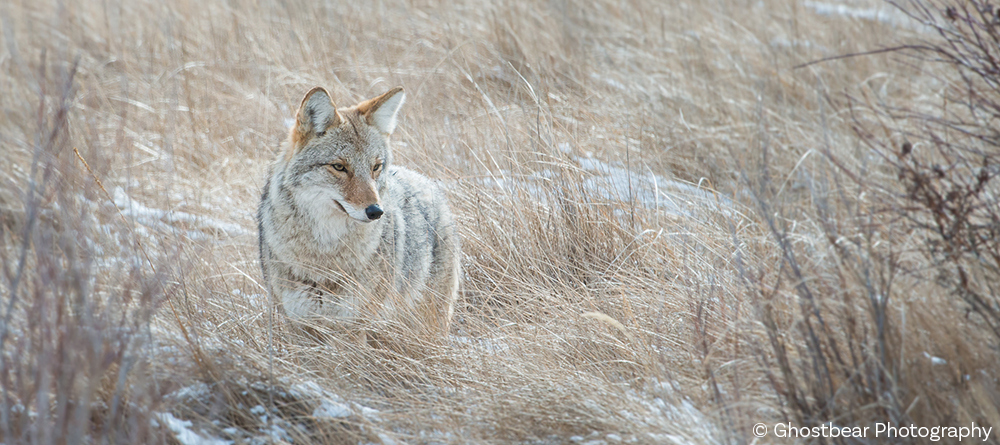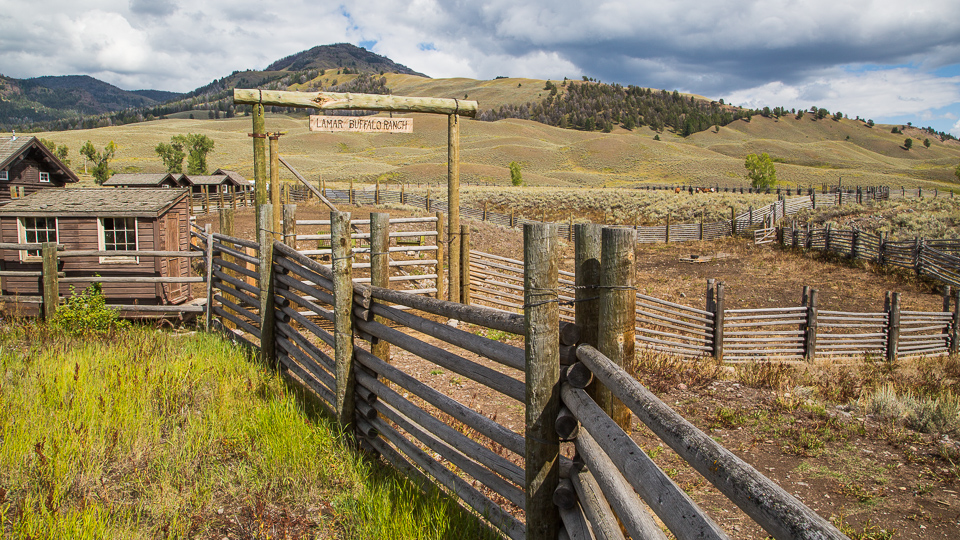Introducing Melanie Hill, Yellowstone Social Media Liaison & Guest Blogger
Melanie Hill is a Media & Public Engagement MA graduate from the University of Colorado Boulder. Her creative-track thesis, the Bears & People Project, explores how the use of community engagement and visual storytelling can reduce negative interactions between humans and black bears in Boulder, CO. Melanie is joining the field course as a teaching assistant, and will be documenting the activities with photographs and blogs, so stay tuned for more updates from Yellowstone!

Wildlife photos courtesy of Ghostbear Photography
Jill Cooper – an accomplished educator – and Simon Jackson – an award-winning storyteller – have spent nearly a decade immersed in the Canadian landscape, documenting the remarkable stories of Canada’s biodiversity. Throughout their journey, they’ve travelled to small town Saskatchewan and big city Toronto and everywhere in-between to share their tales and listen to what Canadians think about the environment. Their takeaway: Nature unites us all and that by making the seemingly irrelevant relevant, it’s possible to showcase that nothing is black and white and through better education, a more thoughtful citizenry is possible – one that can create a better world for all life. Learn more: ghostbear.co
Overview and description of Joanna Lambert’s Yellowstone Field School – a collaborative teaching endeavor of CU – Boulder and the Yellowstone Institute
In 1959, the father of modern ecology, G. Evelyn Hutchinson, described the “biosphere in which organisms live” as The Ecological Theater and Evolutionary Play. While no single expression can fully capture the grandeur and complexity that is the Greater Yellowstone Ecosystem (GYE) and its inhabitants, we will be using Hutchinson’s description as a both a metaphor and template for this exciting new Winter Session class (January 2-14, 2018) at the University of Colorado Boulder.
In short, the ecological theatre references the 22 million acres that is the GYE (of which 2.2 million acres are protected as the world’s first National Park) comprising all of its abiotic and biotic processes and interactions (including human-shaped) that occupy this extraordinary landscape, while the evolutionary play references processes in deeper evolutionary time – the diverse behavioral, anatomical, and physiological adaptations that facilitate animal life in the GYE. This course will focus on the large-bodied mammals that are readily observed during winter, especially carnivores and ungulates (e.g., wolves, coyotes, red fox, pronghorn antelope, bison, elk).
A fundamental element of this class is the recognition that natural ecosystems do not exist in a vacuum but are instead situated in broader anthropogenic landscapes in which humans and wild animals must coexist. No issues are more pressing in terms of wildlife conservation and management and these issues get played out on a daily basis in the GYE, with multiple stakeholders. Thus, in addition to evolutionary and ethnographic theory, students will also gain insight into realities of animal-human coexistence in the Anthropocene. After attending this class, students will have gained rigorous, experiential knowledge of animal ecology and behavior both in the evolutionary past and ecological present, field methods in ecology, behavior, and ethnography, and an appreciation of the exigencies of human – wildlife issues in the 21st century.
Taught in collaboration with Yellowstone Forever – the educational institute of Yellowstone National Park – this intensive learning experience will include several weeks of on-line interaction and two weeks in the field, living in the famous Lamar Buffalo Ranch (LBR) in the Lamar Valley of Yellowstone National Park. LBR is famous for its historical role in serving as the site where bison were saved from local extirpation in the early 20th century as well as its role in serving as a site for housing wolves that were reintroduced in 1995-1996.
At the LBR, the course will be divided into field excursions for animal observation, field laboratory exercises, classroom lecture, group projects and individual presentations. We will be working very closely with Yellowstone staff who will accompany us to the field each day and provide critical support during this winter season. Mornings will be spent in the field, afternoons in lecture, and evenings spent in group discussion or presentations. In field excursions, students will learn methods in observing and measuring animal behavior, habitat parameters, and winter ecology. In addition, students will meet with local stake-holders in the area, including ranchers, animal advocacy groups, and representatives from the National Park System. In these interactions, students will learn methods relating to ethnographic and participant observation of working with people.
Where our Yellowstone National Park field course will take place:
Lamar Buffalo Ranch
Located in Yellowstone’s scenic Lamar Valley and far from other development, the historic Lamar Buffalo Ranch Field Campus offers comfortable lodging in a historic wilderness setting.
Yellowstone Overlook Field Campus
The Yellowstone Overlook Field Campus features comfortable cabins on 80 acres, awe-inspiring views, and easy access to the northern section of the park.




